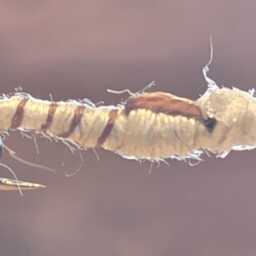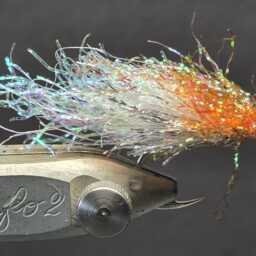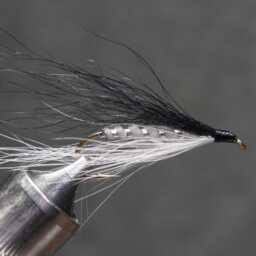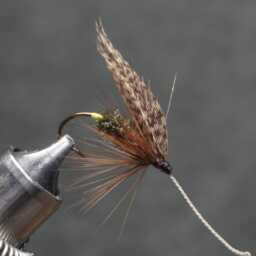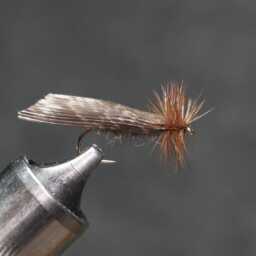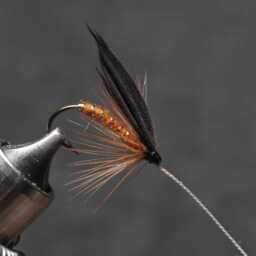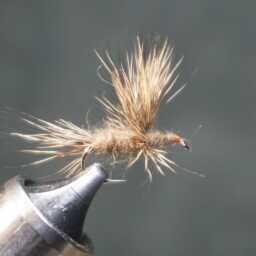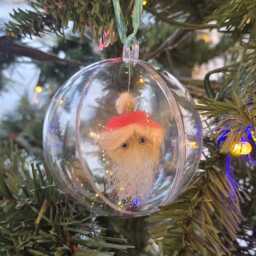Not commonly used in fly tying
The bar-headed goose (Anser indicus) is a distinctive goose native to Central Asia, breeding in colonies near mountain lakes and wintering in South Asia, extending as far south as peninsular India. Known for its remarkable migration across the Himalayas, this mid-sized goose measures 71–76 cm (28–30 in) in length and weighs 1.87–3.2 kg (4.1–7.1 lb).
In appearance, the bird is pale grey with black bars on its head, setting it apart from other grey geese in the genus Anser. During flight, its call is a typical goose honking. Noteworthy features include a bold black-and-white head and neck pattern, an orangey-yellow bill, and legs. In flight, it appears mainly pale gray with a broad black trailing edge to its wings.
Breeding around highland plateaus, lakes, and marshes, the bar-headed goose winters in lowland wetlands and fields. It is native to East and South Asia, with occasional sightings elsewhere in the world due to escapees from waterfowl collections.
Wild colonies consist of thousands of birds, facing challenges from avian predators and foxes. Despite this, the overall population may be increasing. Introduced populations are found in the Netherlands and other parts of Europe.
In captivity, this beautiful goose is well-represented, appreciated for its elegant shape, attractive coloration, and long slim neck. Hardy and sociable, it breeds readily without causing harm to other birds, exhibiting natural protective behaviors during the breeding season. Bar-headed Geese prefer nesting in natural cover, kennels, or wigwam nest boxes, even tolerating a second pair on the same island if nest boxes are back-to-back.
« Back to Glossary Index
